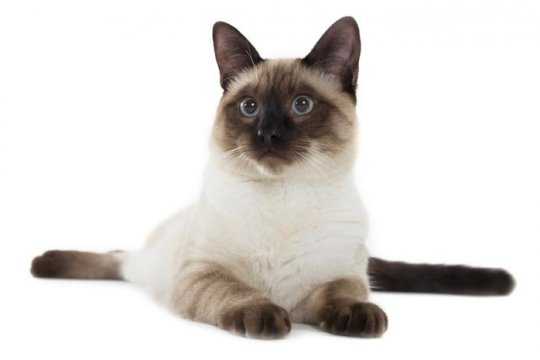Your Cart Is Empty
✖No products in the cart.

Thailand
8"- 10"
8-15 pounds
15-20 years
Extroverted, talkative, intelligent, fun-loving
Small to medium-sized short-haired
$600 - $1200
Pet-quality Siamese kittens usually cost between $800 and $3,000
Siamese cats are long but lean. On average, a fully grown Siamese cat might weigh between 8 and 15 pounds, and range in height anywhere from about 8 to 10 inches tall.
The average life span for Siamese cat is 15 to 20 years.
Siamese are short-haired cats, so you might expect them to shed less than a long-haired cat. In reality, short-haired cats can shed as much or more than long-haired cats, so be prepared for a decent amount of shedding from this breed.
Amidst the realm of feline diversity, reside the distinct breeds that captivate our attention. Feline inhabitants create a harmonious symphony of fur, whiskers, and personalities that enrich our lives
© 2024 CATLIVES. All Rights Reserved.